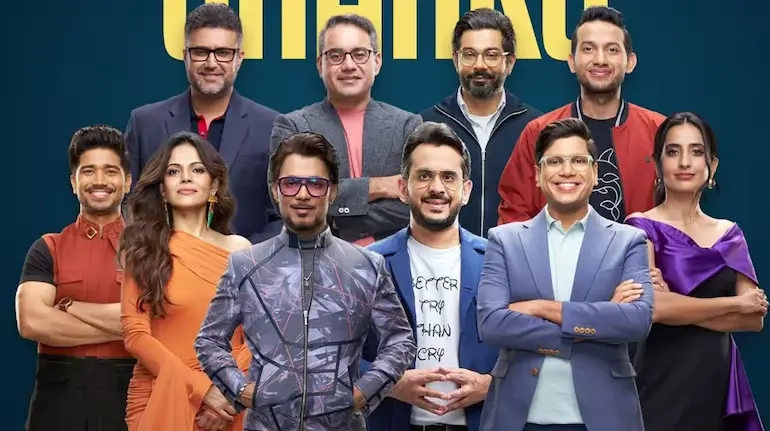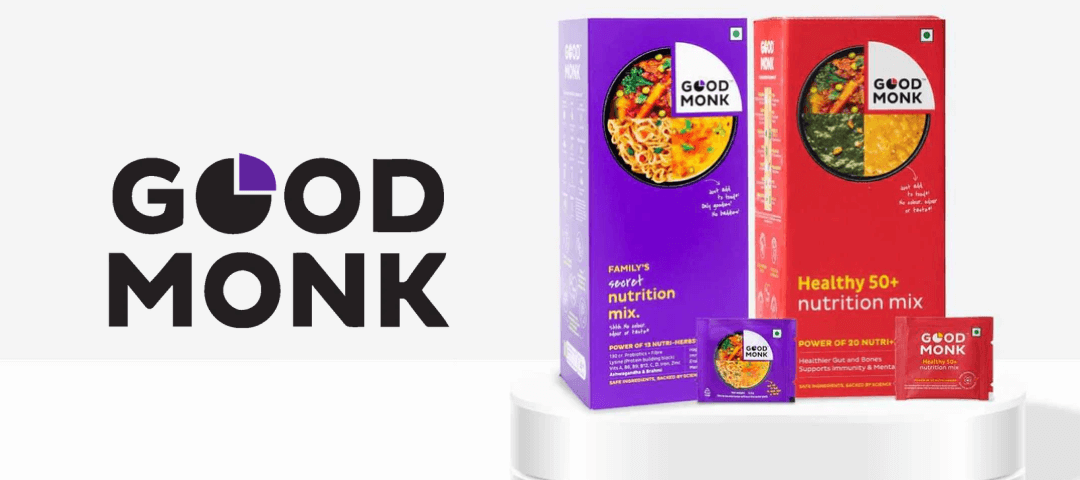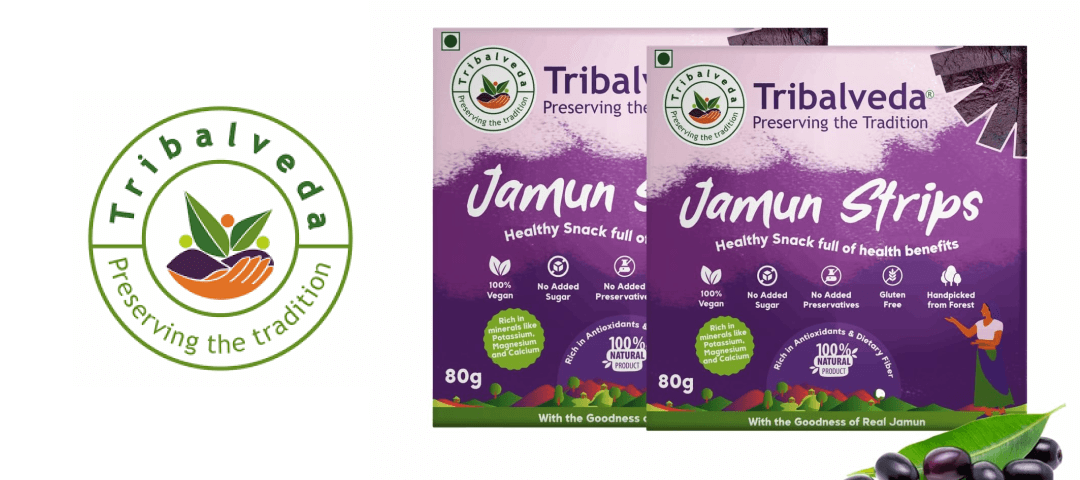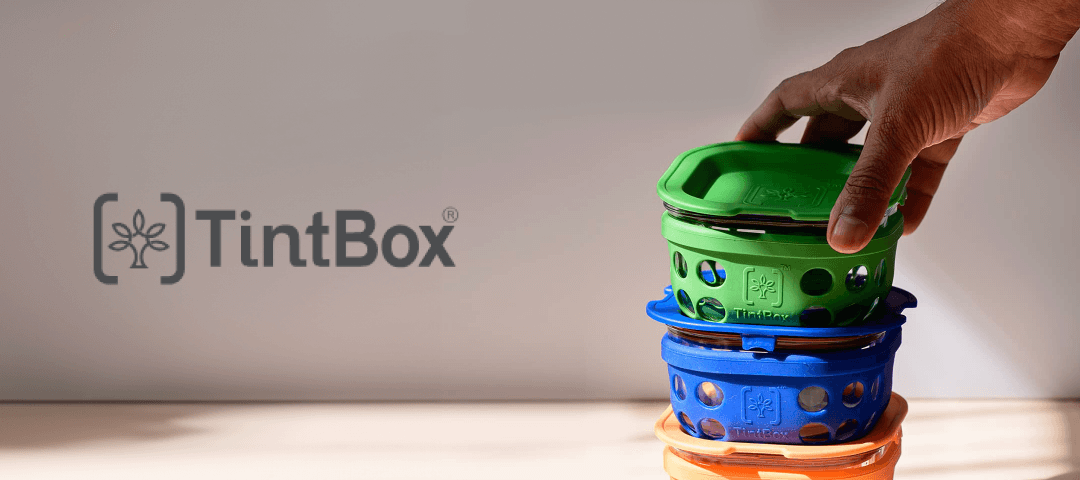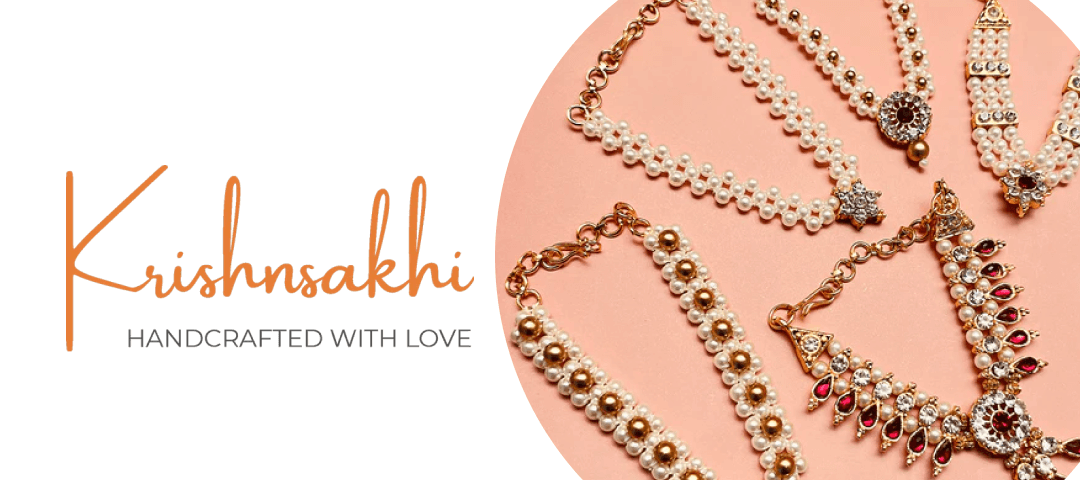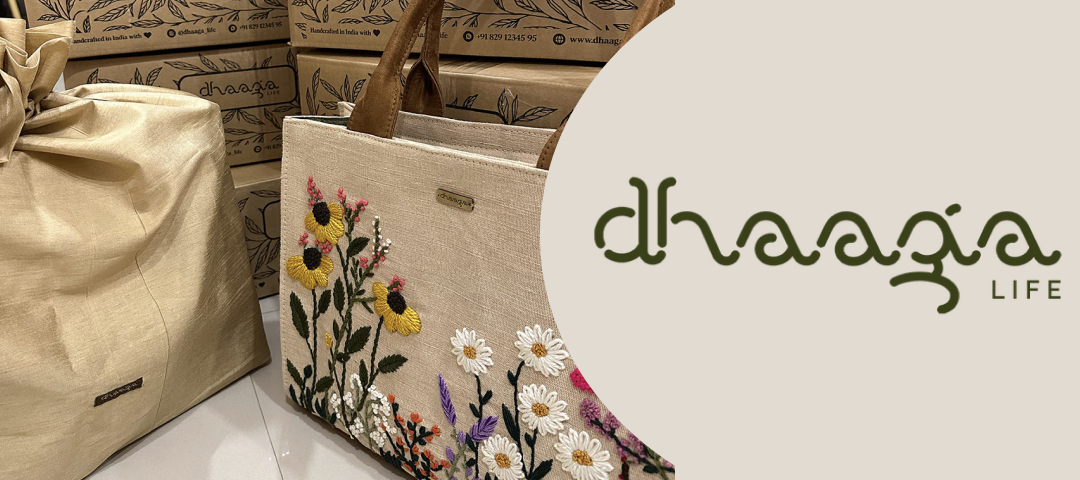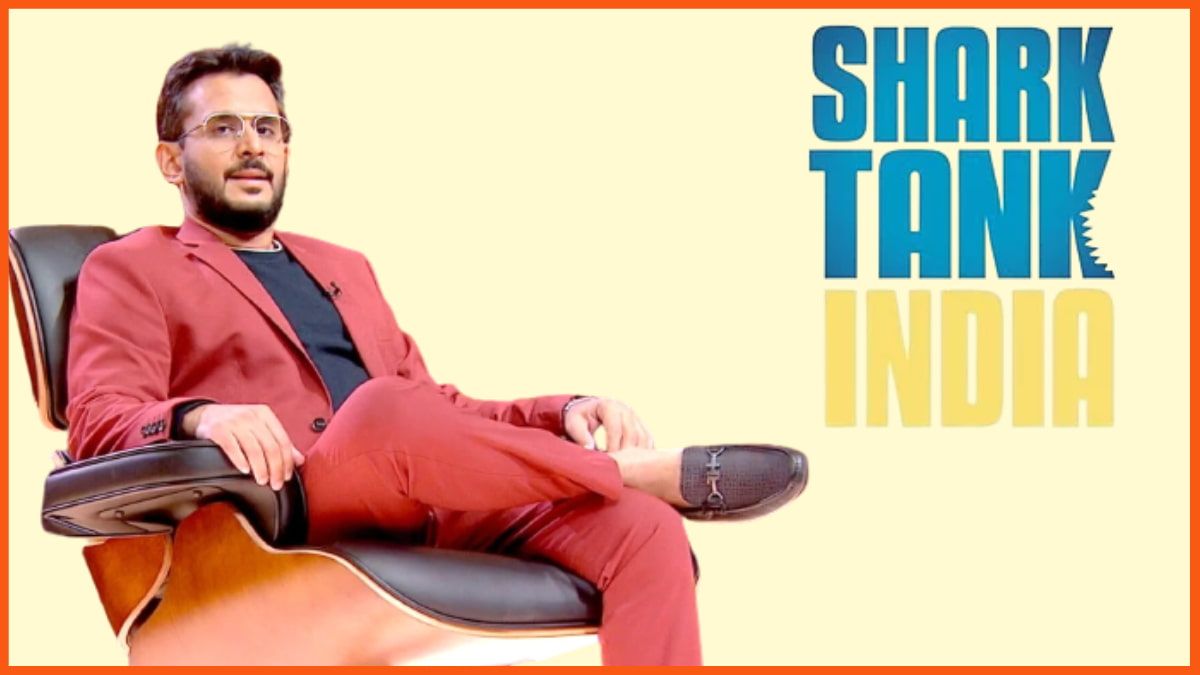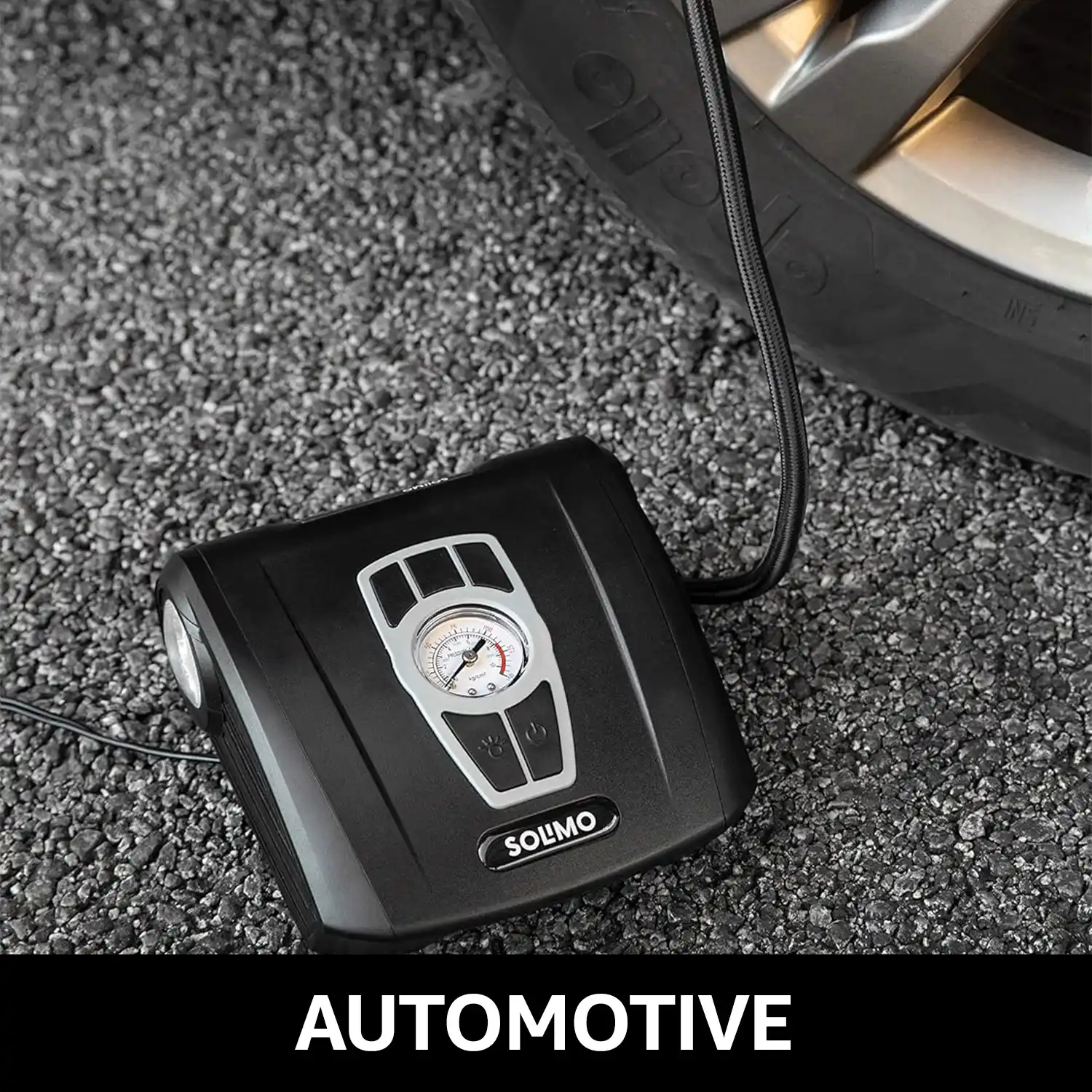Part 2 of the Top 20 Financial Terms You Should Know Before Your Shark Tank Pitch And Raise Capital Effectively
Rinkle Dudhani
·
Aug 25 2025

If you plan on presenting a pitch in front of the Sharks, you must be thorough with multiple financial terms. It will assure the sharks that you know about the workings of your business, further inculcating some confidence in you.
Terms used in Shark Tank, such as net margin and EBITDA, can initially feel extremely technical and difficult. But fear not! In this article, we will study the financial jargon for budding entrepreneurs.
We expect that by the end of this part of the business terms blog, you will be able to tackle the sharks like a pro.
However, haven’t you read the first part yet? Read it here before going ahead.
Financial Terms an Entrepreneur Appearing in Shark Tank Must be Aware of
Stepping into the Shark Tank is no small feat—it's a high-stakes arena where entrepreneurs face intense scrutiny and rapid-fire questioning. Know more about some of these Shark Tank business terms to present a more refined and confident pitch.
1. Contribution Margin: CM1, CM2 and CM3
The Contribution Margin represents the portion of sales revenue that exceeds variable costs and contributes to covering fixed costs. It depicts the portion of sales revenue that covers fixed costs and mints profits.
CM 1 indicates the gross profit after removing the variable costs associated directly with the production process.
CM 2 incorporates additional variable costs, such as transportation, transaction fees, etc.
CM 3 further incorporates customer acquisition costs.
2. Net Margin
Net margin measures profit generated as a percentage of revenue. It shows the ratio of net profit to the company’s total revenue and indicates the health of the company's finances. Net margin further helps investors evaluate whether a company’s management is generating enough profit from its sales for it to grow.
You can calculate it using the following formula:
Net Margin = (Net income / Total revenue) x 100
3. PAT
PAT stands for profit after tax. It is also known as Net Operating Profit After Tax (NOPAT) or Net Profit After Tax (NPAT). PAT is the amount that remains after a company has paid off all of its liabilities, taxes, and expenses. It represents the actual earnings generated during the year of operations.
It can be calculated using the formula below:
PAT = Net profit before tax – Total tax expense
4. EBITDA Positive
EBITDA stands for earnings before interest, taxes, depreciation, and amortization. It is an alternate method of calculating profitability. When a company is EBITDA positive, its earnings are higher than its expenses before taking into account the factors mentioned above. EBITDA can help investors understand a company's growth potential.
In Shark Tank India, a company named House of Beauty India reported an EBITDA of 10%, which was applauded by the sharks as it depicted the startup's good growth potential.
5. EBITDA Negative
If a company’s EBITDA is negative, it depicts poor cash flow. It means that its expenses are higher than its earnings before considering interest, taxes, depreciation, and amortization. This is a warning sign for a company's financial health. It shows that the company's income is not enough to cover its operational costs.
When it comes to calculating EBITDA, use the formula below. The results will show you if your EBITDA is positive or negative.
EBITDA = Net Income+Taxes+Interest Expense+D&A
6. COGS
COGS stands for Cost of Goods Sold. It shows the direct cost incurred in producing any goods or services. Factors like material cost, direct labour cost, and factory overheads are also included in COGS calculations. COGS is used to calculate the true cost of the products sold by the company.
Use the formula below to calculate COGS:
Cost of Goods Sold = Starting inventory + purchases − ending inventory
7. CAC
CAC stands for customer acquisition cost. It refers to the resources used and costs incurred by a company to acquire a new customer. In their pitch on Shark Tank India, the Raja Rani startup reported a CAC of ₹7 on a gross merchandise value of ₹118.
You can calculate CAC with the formula below:
Customer acquisition cost = Sales and Marketing Expenses/ Number of New Customers
8. Pre Money
Pre-money is a valuation measure of a company. It does not include external funding or the latest round of funding given to a company. Pre-money valuation indicates the value of a company before it receives any investment. It allows investors to determine their share in the company based on their investment.
The formula for calculating pre-money is as follows:
Pre-money valuation = Post-money valuation - investment amount
9. Post Money
In their Shark Tank India Season 2, Gladful company stated that they had raised ₹2 crores at a post-money of ₹13 crore in 2021. But what is post-money? Post-money is a valuation that refers to the company's worth after it receives external investment money. Post-money valuation indicates the approximate market value given to a start-up after capitalists or angel investors invest in the business.
Calculate your company’s post-money using the formula below:
Post money valuation = Financing raised/ Percentage of equity ownership
10. Line of Credit
A line of Credit (LOC) is a revolving loan offered by banks and financial institutions to potential clients. It allows investors to access money as they need it up to a certain limit.
Once the money is repaid, it can be borrowed again if there is an open line of credit. The funds can be paid at once or in instalments, adding to the loan's flexibility.
11. ARR
ARR means the annual recurring revenue. It is a subscription economy metric that measures the financial health of a subscription model-based business. It is the amount of revenue generated that a company expects to repeat in the next financial time period as well.
ARR is also used to predict a company's future growth. It measures areas such as new sales, renewals, upgrades, new customers, and lost customers.
12. Runway
Runway is the time left before the business runs out of cash. It is usually calculated in months. You can calculate the runway through a forecast or by equating it with the average burn rate. It is more important for young startups to keep an eye on the runway as more fluctuations are expected. In comparison, more established businesses have a stable and long runway, which they do not have to worry about.
The formula to calculate runway is as follows:
Cash Runway= Total Cash/ Average Net Burn
13. Burn Rate
Burn Rate is the rate at which an unprofitable company spends its money. Without earning a profit, startups consume their cash reserves for capital. It is usually calculated monthly. A company's health is detrimental if there is no confirmed incoming investment or method of gaining profits.
The burn rate can be calculated using the formula below:
Net Burn = Total Monthly Cash Sales – Total Monthly Cash Expenses
14. Target ROAS
ROAS stands for return on ad spend. It is a bidding strategy in Google Ads. Businesses use this method to maximize their return on advertisement investments. This metric helps the marketing group understand which ad campaigns are working best and generating high returns.
15. Bootstrapping
Bootstrapping refers to the process in which an entrepreneur builds a business from scratch without taking external capital. Such an entrepreneur relies mainly on their finances to establish their business. It ensures maximum control of the company and its operations. In Shark Tank India Season 3, one of the most liked pitches was of the brand Yes Madam, and this business was also bootstrapped.
16. SKU
SKU strands for stock-keeping units. It is a number used by retailers to keep track of their internal stock levels of the products. SKU is used as a service or product identification code. It is often in the form of a machine-readable barcode. Moreover, it plays a vital role in calculating sales across different products.
17. Exit Strategy
An exit strategy is an investor’s pre-planned means to sell ownership. This share of ownership can be given to another investor or another company. It is a method through which the business owner can liquidate his stakes in the company. Such a strategy is often used to gain profits and minimize losses, depending on the company's profitability.
18. Break-even Point
The break-even point is when a business's total cost and total revenue are equal. This means that there is no loss or gain in the business. Usually, the break-even point indicates that the business might turn profitable soon. For example, in the Shark Tank pitch of Kiosk Kaffee, they mentioned that 2-3 of their franchise outlets were at breakeven. This means these outlets are neither making a loss nor profit.
If you are looking for a way to calculate the break-even point, use the formula below:
Break-Even Point= Fixed Costs ÷ (Price - Variable Costs)
19. Value Proposition
The value proposition is a promise given by a business to its customers. It is a promise of the value of product/service efficiency and highlights the distinguishing factors of the product or services. Thus, it is considered a powerful tool for building a customer base.
20. Customer Retention
Customer retention refers to a business's ability to retain its customers by providing high customer satisfaction. This metric hints at customer loyalty, product quality, consumer experience, etc.
You can calculate the customer retention rate using the formula below:
Retention Rate = (Customers at the end -Number of new customers acquired)/ Customer base at the start of the period) X 100
Conclusion
The famous Shark Tank India has created waves of entrepreneurship throughout the nation. Thus, understanding the Shark Tank business terms undoubtedly prepares you for when you decide to pitch your own business in the Tank. Moreover, knowing about these financial terms also makes you more aware and informed in your daily life. So it's pretty evident that the impact of Shark Tank has extended far beyond the confines of the television screen.
But do not stop here just yet! There are a multitude of insightful articles waiting for you to read. Visit our website to learn more about Shark Tank India and USA!
Latest Blogs From SharkTankSeason.com

Subculture Faced Tough Questions on Shark Tank India Season 4 and Left Without Funding
Subculture, a Jaipur-based startup, appeared on Shark Tank India Season 4 but struggled with business viability concerns and left without funding. Read more!
SharkTankSeason
·
Aug 26 2025
Nooky Faced Tough Questions on Shark Tank India Season 4 and Left Without Funding
Nooky, a New Delhi-based startup, appeared on Shark Tank India Season 4 but struggled with business viability concerns and left without funding. Read more!
SharkTankSeason
·
Aug 26 2025
Explore the Complete List of Shark Tank India Season 4 Funded Companies
Explore the complete list of all companies funded in Shark Tank India Season 4. Discover their inspiring stories, groundbreaking innovations, and the investments that fueled their journey. 89 Companies, including FAE Beauty, Confect, Culture Circle, BL Fabric, Go Zero, NOOE, etc. appeared in Shark Tank India Season 4 and showcased what they are building and secured funding from the sharks.
SharkTankSeason
·
Aug 26 2025
Explore the Complete List of Shark Tank India Season 4 Companies
Explore our exhaustive list of all Shark Tank India Season 4 companies. Discover each company's story, innovations, and the investments they secured. 148 Companies, including FAE Beauty, Confect, Culture Circle, BL Fabric, etc. appeared in Shark Tank India Season 4 and showcased what they are building and secured funding from the sharks.
SharkTankSeason
·
Aug 26 2025
The Bear House secured investment from Namita Thapar on Shark Tank India Season 4
The Bear House, a Bengaluru-based brand, appeared on Shark Tank India Season 4, seeking ₹ 3 Crore For 1% Equity. The brand secured ₹ 1 Crore For 1% Equity from Namita Thapar
SharkTankSeason
·
Aug 26 2025
FitFeast secured investment from Anupam Mittal, Viraj Bahl on Shark Tank India Season 4
FitFeast, a Mahipalpur Extension-based brand, appeared on Shark Tank India Season 4, seeking ₹ 1 Crore for 6.5% Equity. The brand secured ₹ 1 Crore for 18% Equity from Anupam Mittal, Viraj Bahl
SharkTankSeason
·
Aug 26 2025
EasyRugs secured investment from Aman Gupta, Vineeta Singh on Shark Tank India Season 4
EasyRugs, a New Delhi-based brand, appeared on Shark Tank India Season 4, seeking ₹ 35 Lakhs for 5% Equity. The brand secured ₹ 35 Lakhs for 5% Equity from Aman Gupta, Vineeta Singh
SharkTankSeason
·
Aug 26 2025
Taffykids secured investment from Vineeta Singh, Ritesh Agarwal on Shark Tank India Season 4
Taffykids, a Mumbai-based brand, appeared on Shark Tank India Season 4, seeking ₹ 75 Lakhs for 1% Equity. The brand secured ₹ 75 Lakhs for 1.5% Equity from Vineeta Singh, Ritesh Agarwal
SharkTankSeason
·
Aug 26 2025
Good Monk secured investment from Vineeta Singh on Shark Tank India Season 4
Good Monk, a Bangalore-based brand, appeared on Shark Tank India Season 4, seeking ₹ 1 Crore for 1.67% Equity. The brand secured ₹ 50 Lakhs for 1% Equity from Vineeta Singh
SharkTankSeason
·
Aug 26 2025
Tribalveda secured investment from Ritesh Agarwal on Shark Tank India Season 4
Tribalveda, a VASAI-based brand, appeared on Shark Tank India Season 4, seeking ₹ 50 Lakhs for 2% Equity. The brand secured ₹ 50 Lakhs for 2.8% Equity from Ritesh Agarwal
SharkTankSeason
·
Aug 26 2025
Ivory Natural secured investment from Namita Thapar on Shark Tank India Season 4
Ivory Natural, a Ghaziabad-based brand, appeared on Shark Tank India Season 4, seeking ₹ 50 Lakhs for 1.25% Equity. The brand secured ₹ 50 Lakhs for 5% Equity from Namita Thapar
SharkTankSeason
·
Aug 26 2025
QuitCi Faced Tough Questions on Shark Tank India Season 4 and Left Without Funding
QuitCi, a Kolar-based startup, appeared on Shark Tank India Season 4 but struggled with business viability concerns and left without funding. Read more!
SharkTankSeason
·
Aug 26 2025
TintBox Faced Tough Questions on Shark Tank India Season 4 and Left Without Funding
TintBox, a -based startup, appeared on Shark Tank India Season 4 but struggled with business viability concerns and left without funding. Read more!
SharkTankSeason
·
Aug 26 2025
Krishnsakhi Faced Tough Questions on Shark Tank India Season 4 and Left Without Funding
Krishnsakhi, a Bengaluru-based startup, appeared on Shark Tank India Season 4 but struggled with business viability concerns and left without funding. Read more!
SharkTankSeason
·
Aug 26 2025
Dhaaga Life Faced Tough Questions on Shark Tank India Season 4 and Left Without Funding
Dhaaga Life, a Surat-based startup, appeared on Shark Tank India Season 4 but struggled with business viability concerns and left without funding. Read more!
SharkTankSeason
·
Aug 26 2025
Explore Shark Tank India Season 3 Companies
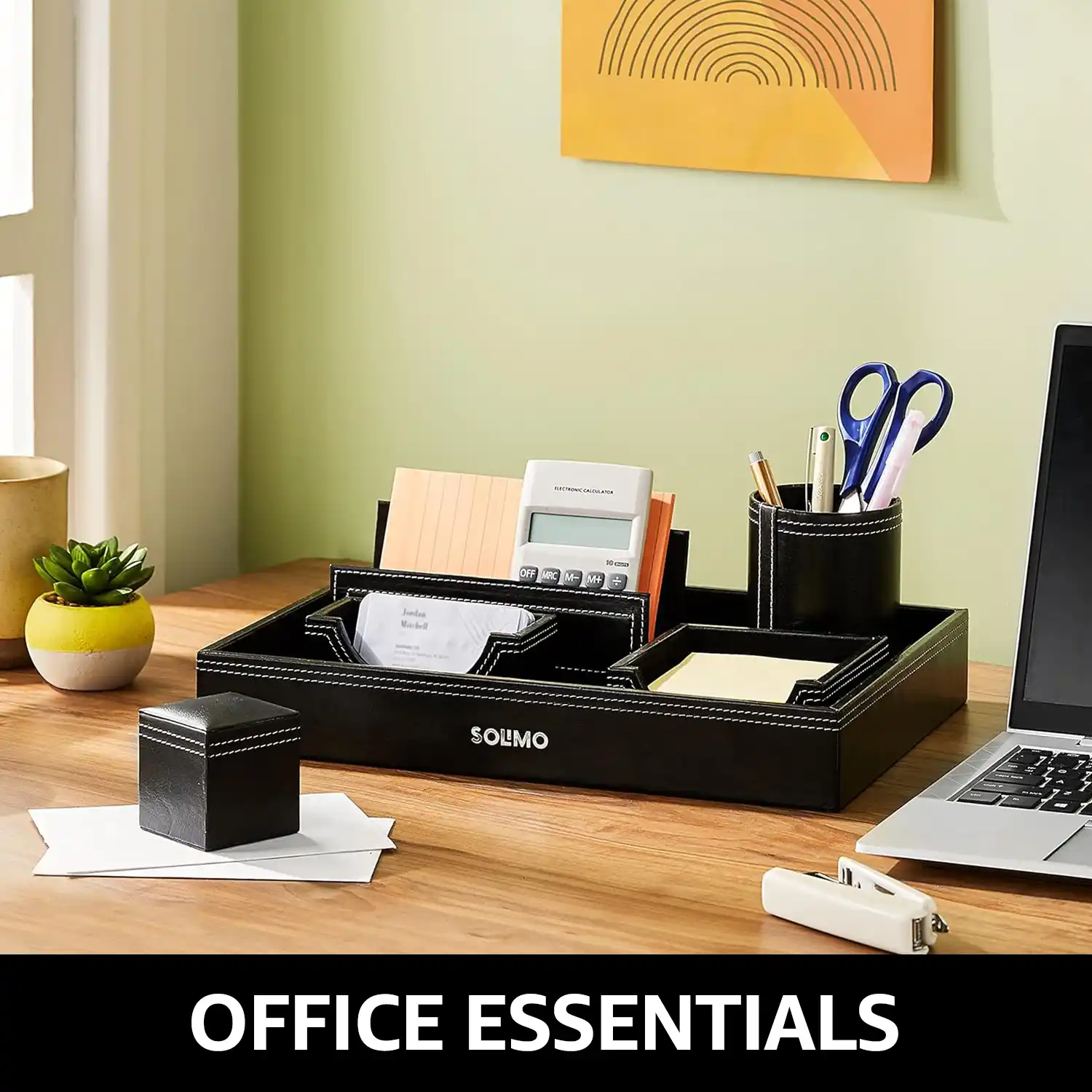
Amazon Solimo
Upgrade your everyday essentials with Amazon Solimo – quality you can trust at prices you'll love! Shop now!

Canvaloop Fibre
A sustainable fabrics manufacturer in India uses agricultural waste to create high-quality, eco-friendly fibres for fashion, apparel, and home textiles.
Raised: ₹ 2 Crores for 4% Equity

Cool The Globe
Combat climate change with Cool The Globe. Empowering & Uniting Changemakers Globally For Climate Action
Raised: ₹ 25 Lakhs for 8% Equity

Lea Clothing Co
Combat climate change with Cool The Globe. Empowering & Uniting Changemakers Globally For Climate Action
Raised: ₹ 1 Crore for 4% Equity + 2% royalty until ₹ 1.5 Crores are recouped
Sharks In Shark Tank INDIA
Explore Shark Tank USA Season 15 Companies

Amazon Solimo
Upgrade your everyday essentials with Amazon Solimo – quality you can trust at prices you'll love! Shop now!

Flaus
Discover the world’s first eco-friendly, super-healthy electric flosser that makes flossing as quick and easy as brushing your teeth - and that's the real tooth!
Raised: $250,000 for 8% Equity

Arber
Biological Plant Wellness Products to nourish green spaces and empower home gardeners
Raised: No Deal

Sip Herbals
Meet Sip: the herbal coffee alternative of 100% chicory root, carob, and dandelion root to keep the coffee feels, without the flaws. No Caffiene. No Gluten.
Raised: No Deal




